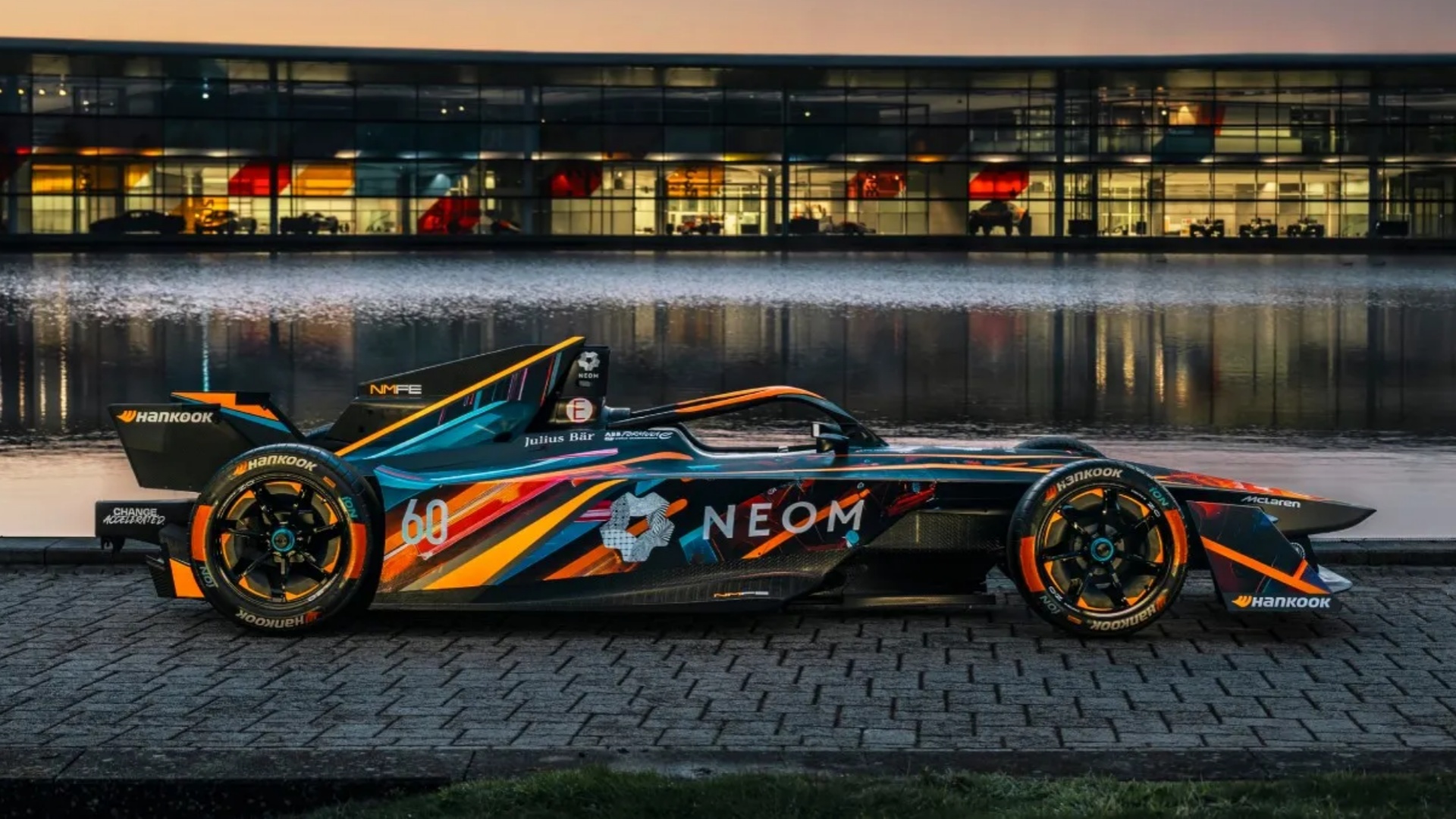- Jake Hughes of Formula E racing team NEOM McLaren has set a new indoor land speed record using the competition’s new Gen3 race car.
- The new record is 218.71km/h, beating the previous one of 165.2km/h. by some margin.
- Hughes and other race car drivers will be competing at the London E-Prix this weekend.
There is a new indoor land speed record, with an electrically-powered vehicle claiming the new milestone. This as NEOM McLaren driver Jake Hughes recently set the new record in an “unlocked” development version of the Gen3 race car that Formula E debuted in 2021.
You can watch Hughes achieve the record in the video below, as he reached 218.71km/h, smashing the previous record of 165.2km/h.
“A revolutionary Formula E electric race car, the GENBETA, has reached a top speed of more than 218km/h to smash the indoor land speed world record by 55 km/h. Jake Hughes of NEOM McLaren Formula E Team clocked the record time on the home straight at the London E-Prix Circuit ahead of this weekend’s Season 9 finale,” the description of the video reads.
The record-breaking attempt to take place in London, where this week’s E-Prix is set to take place. In fact, Hughes hit the milestone during the indoor portion of the E-Prix’s track, which is located inside of the ExCeL London exhibition centre.
While Hughes and other drivers will not be utilising the GENBETA for this weekend’s race, Formula E does note that is has a number of upgrades compared to the Gen3. The most important of these elements include a maximum power output of 400kW, along with featuring an all-wheel drive powertrain system.
The combination of these two components means the GENBETA has more power than the 350kW that current Gen3 Formula E vehicles do, as well as being able to deliver said power with more immediacy.
A few other aspects helped to achieve the record, organisers explained, with softer Hankook tyres used for the run, along with 3D-printed wing endplates, wheel fins, and a wind deflector attached to the vehicle in order to improve aerodynamics.
Lastly a bit of AI was employed to improve the performance of the vehicle in relation to the driver’s reactions and responsiveness, but given the margin to which the old record was surpassed, it looks like just the GENBETA would have sufficed.

